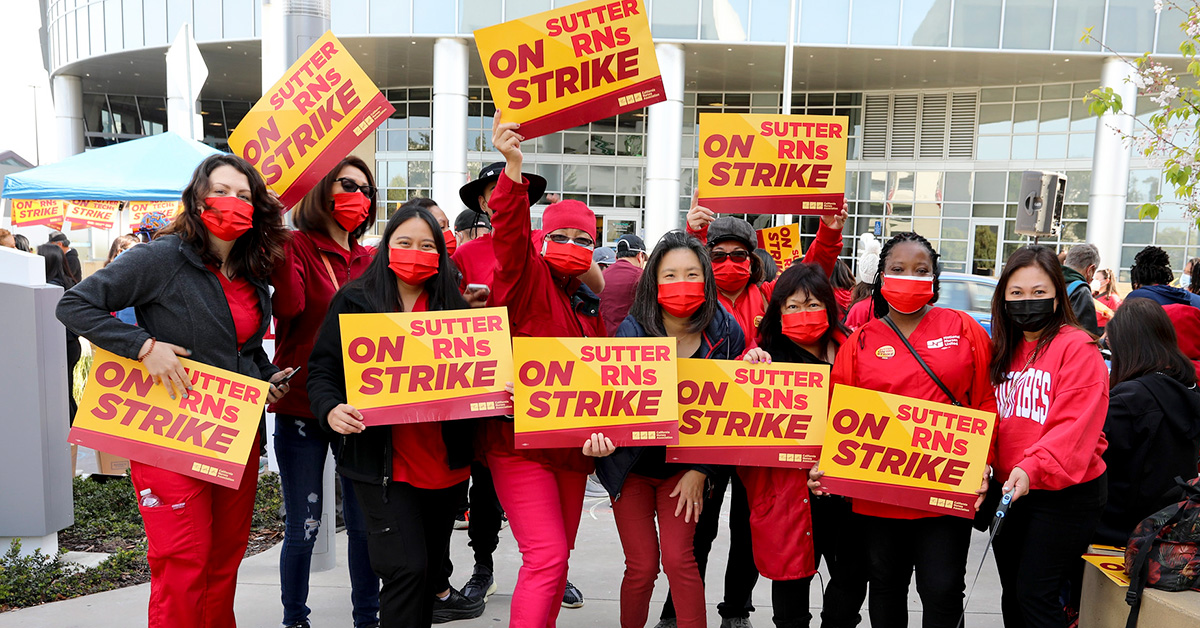About strikes

Strike facts
A strike is the most powerful tactic used in the negotiation process and, when used, is done with careful preparation. In 95 percent of CNA/NNOC/NNU’s negotiations, RNs have won successful contracts without strikes.
RNs organize to improve patient care and their working lives as professionals, not to strike
When RNs do vote to strike, they create mechanisms to ensure the well-being of their patients and the community. These include a Patient Protection Task Force and a 10-day written strike notice to give the hospital time to prepare.
Only RNs themselves can decide to strike
CNA/NNOC/NNU organizers, representatives, or other staff do not call strikes. A strike occurs only after a majority of the represented nurses in your hospital decide to do so in a secret-ballot strike vote.
How CNA/NNOC/NNU nurses protect patients in the event of a strike
When CNA/NNOC/NNU RNs strike, they create several mechanisms to ensure the well-being of their patients and community:
10-Day Notice:
The nurses give the hospital written notice, 10 days in advance, of their intent to strike as required by law. This is to give the hospital time to stop admitting new patients and begin the process of transferring patients who can be safely moved.
Patient Protection Task Force:
A task force of RNs meets to help make the process of patient transfers and hospital phase-down go as smoothly as possible. Before the strike begins, the task force determines which patients may be safely transferred each day.
Nurse-Controlled Emergency Care:
The Patient Protection Task Force makes a professional nursing assessment of each situation where emergency assistance is requested after the strike begins and will assign a nurse to stabilize the patient if necessary.
